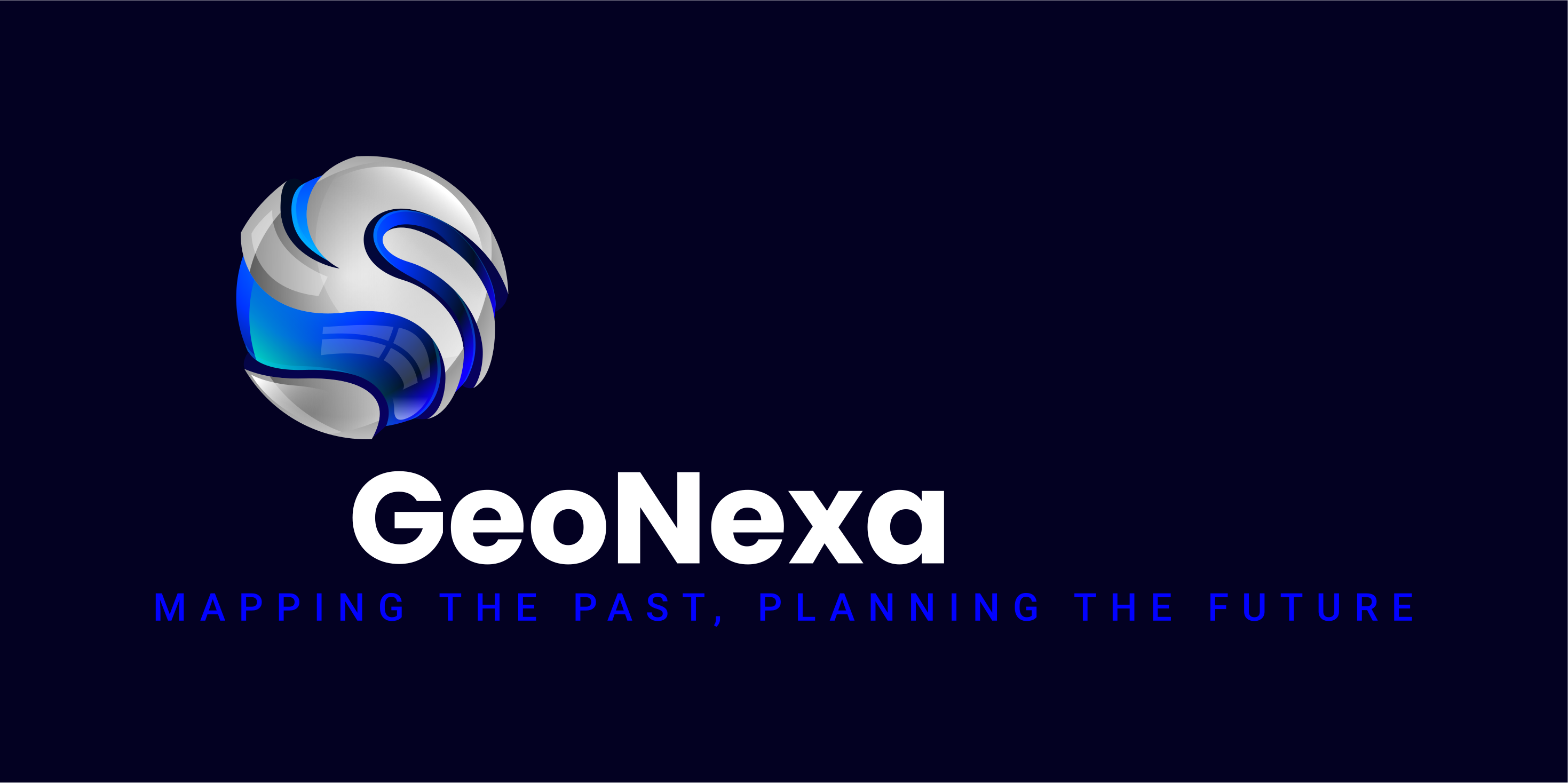How LiDAR Has Revolutionized Surveying
The field of land surveying has undergone significant advancements over the years, and one of the most transformative technologies to emerge is LiDAR (Light Detection and Ranging). This remote sensing technology has revolutionized the way surveyors collect data, improving accuracy, efficiency, and safety. In this blog, we’ll explore how LiDAR works, its applications in surveying, and the benefits it brings to the profession.
Understanding LiDAR
LiDAR is a remote sensing method that uses laser light to measure distances to the Earth’s surface. A LiDAR system typically consists of a laser, a scanner, and a GPS receiver. The laser emits light pulses, which bounce off objects on the ground and return to the sensor. The time it takes for the light to return is used to calculate the distance, creating precise 3D models of the terrain.
Applications in Surveying
LiDAR has a wide range of applications in land surveying, including:
- Topographic Surveys: LiDAR provides detailed and accurate elevation data, making it ideal for creating topographic maps and models.
- Environmental Monitoring: LiDAR is used to monitor changes in vegetation, erosion, and land use over time.
- Urban Planning: LiDAR data helps planners design and manage urban infrastructure by providing detailed information about buildings, roads, and other structures.
- Archaeology: LiDAR can reveal hidden structures and features beneath dense vegetation, aiding in archaeological discoveries.
- Disaster Management: LiDAR is used to assess damage and plan recovery efforts after natural disasters such as floods, earthquakes, and landslides.
Benefits of LiDAR in Surveying
The adoption of LiDAR technology in surveying offers numerous benefits:
- Accuracy: LiDAR provides highly accurate and precise data, reducing the margin of error in measurements.
- Efficiency: LiDAR can cover large areas quickly, significantly reducing the time required for data collection compared to traditional methods.
- Safety: LiDAR allows surveyors to collect data from a distance, minimizing the need to access hazardous or difficult-to-reach areas.
- Detail: LiDAR captures fine details and can generate high-resolution 3D models, providing valuable insights for analysis and decision-making.
Conclusion
LiDAR technology has undeniably transformed the field of land surveying, offering unparalleled accuracy, efficiency, and safety. As the technology continues to evolve, its applications in surveying and other industries will only expand, further enhancing our ability to understand and manage the world around us. By embracing LiDAR, surveyors can stay at the forefront of innovation and provide their clients with the best possible service.
For more insights into the latest advancements in land surveying, stay tuned to our blog!
